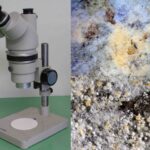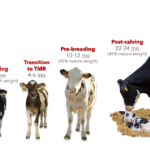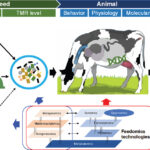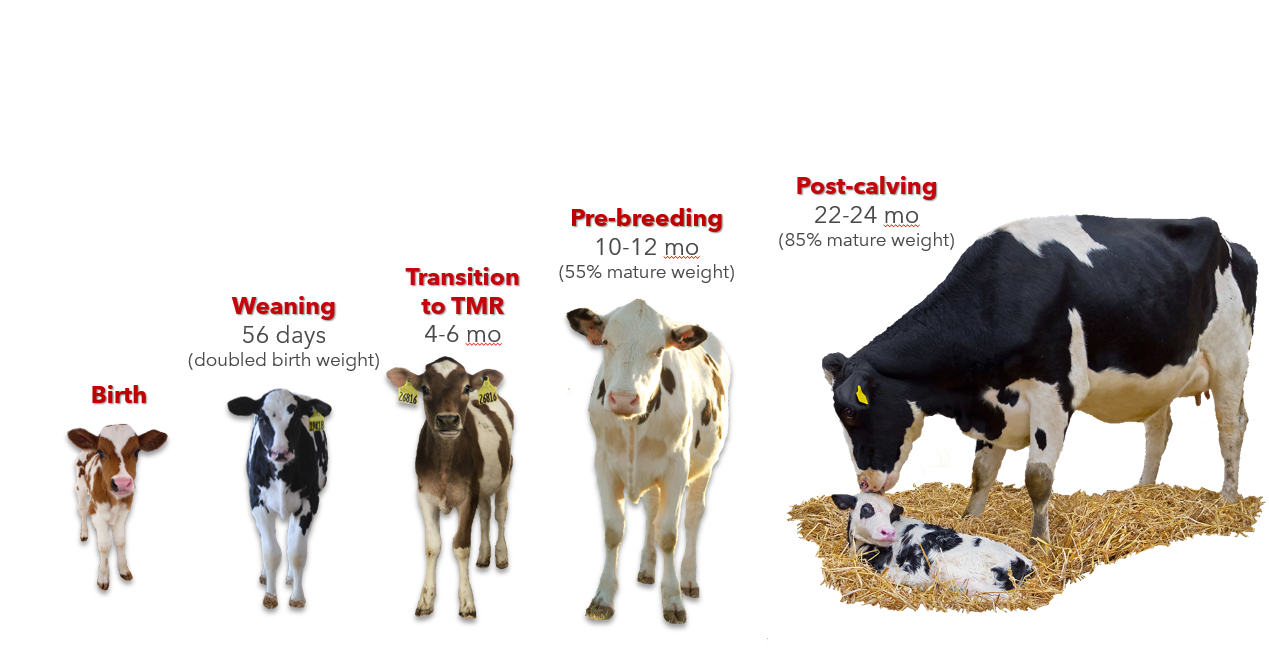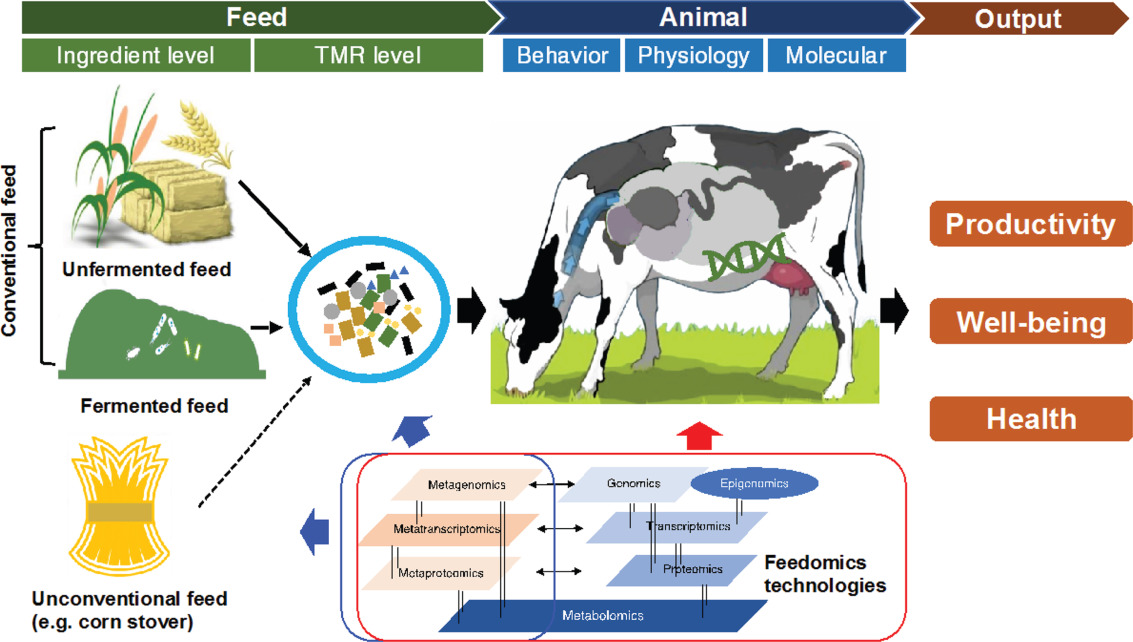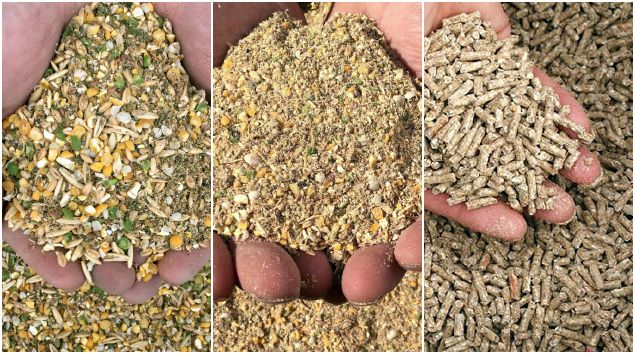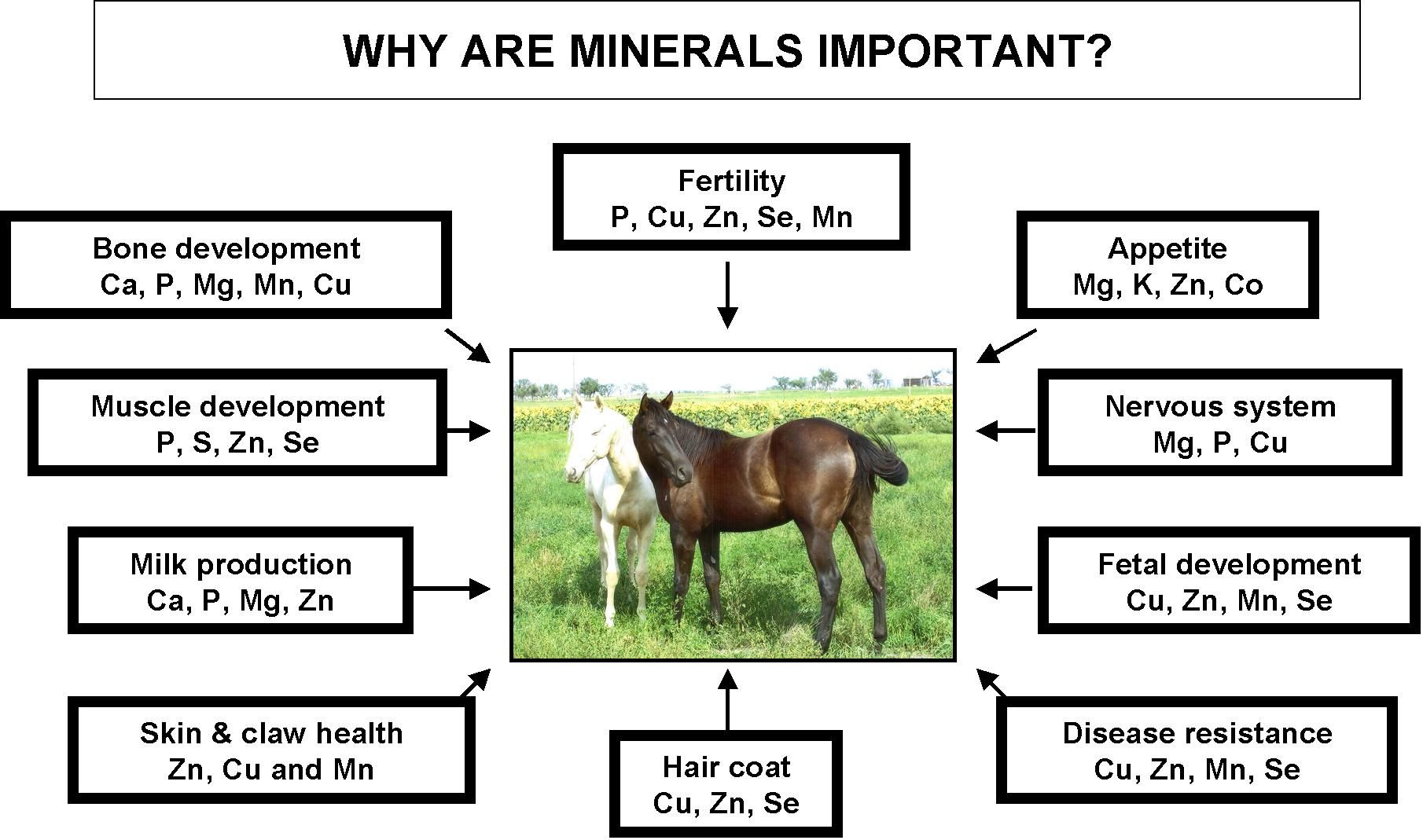Spectrophotometry is a powerful analytical technique used to measure the concentration of mineral elements in biological samples, such as animal feed, tissues, blood, urine, and other fluids. This technique involves the measurement of light absorption at specific wavelengths, which is directly related to the concentration of mineral elements in the sample.
Thank you for reading. Don't forget to subscribe & share!
Here’s an advanced procedure for the use of a spectrophotometer to analyze mineral elements in animal nutrition:
1. Sample Preparation
Feed Samples:
Grind feed samples to a fine powder to ensure homogeneity.
If the sample contains a significant amount of organic matter, it may need to be ashed (typically at 450–550°C) to remove organic content. Ashing will leave behind the mineral content in an inorganic form, which can then be dissolved for analysis.
Biological Samples (Blood, Tissue, Urine):
For solid tissues (e.g., liver, muscle, bone), homogenize the sample and digest with acid (such as nitric acid or hydrochloric acid) to break down the tissues and release the mineral ions into a solution.
For blood and urine, direct dilution may be sufficient, depending on the mineral content.
Use deionized water to dilute or wash the samples to avoid contamination.
2. Preparation of Standard Solutions
Choose appropriate standards: Select standard solutions containing known concentrations of the minerals of interest (e.g., calcium, magnesium, sodium, potassium, phosphorus).
Prepare a series of standard solutions: Create a range of standards to build a calibration curve. For instance, prepare standards of 0, 1, 5, 10, and 20 ppm concentrations of each mineral.
Use reagents specific to the mineral: To ensure accurate measurements, use specific reagents or colorimetric methods that react with the mineral to form a colored complex. For example:
Calcium: Use a color reagent like o-cresolphthalein complexone.
Magnesium: Use xylidyl blue or calmagite.
Phosphorus: Use molybdenum blue method.
3. Calibration of the Spectrophotometer
Turn on the instrument: Ensure the spectrophotometer is properly set up and warmed up before use.
Select the appropriate wavelength: Each mineral has a characteristic wavelength at which it absorbs light most efficiently. For example:
Calcium (Ca²⁺) absorbs at 600 nm.
Magnesium (Mg²⁺) absorbs at 570 nm.
Sodium (Na⁺) absorbs at 589 nm.
Potassium (K⁺) absorbs at 766.5 nm.
Phosphorus (as phosphate) absorbs at 880 nm.
Zero the instrument: Use a blank solution (typically deionized water or the reagent solution without the mineral) to zero the spectrophotometer.
4. Sample Analysis
Add reagents: Depending on the mineral being analyzed, add the appropriate reagent to the sample. For example, add a reagent that reacts with calcium ions to form a colored complex.
Incubate the sample (if necessary): Some color reactions require time to develop fully. Incubate the sample for a specified time (e.g., 10–15 minutes), depending on the reaction time for the mineral and reagent.
Measure absorbance: Introduce the sample into the spectrophotometer and measure the absorbance at the appropriate wavelength. The higher the concentration of the mineral, the greater the absorbance.
5. Create a Calibration Curve
Plot the standards: After measuring the absorbance of the standard solutions, plot the absorbance values against the known concentrations.
Determine the equation of the line: Using the standard curve, determine the concentration of the mineral in the sample based on its measured absorbance. The relationship between absorbance and concentration should be linear within a certain range.
6. Sample Calculation
Calculate the concentration: Using the equation from the calibration curve, calculate the mineral concentration in the sample. The equation might be of the form:
• Concentration=(Absorbance of sample−Intercept)\Slope
Express results: Report the results in appropriate units, typically parts per million (ppm), milligrams per liter (mg/L), or milligrams per kilogram (mg/kg), depending on the matrix of the sample (e.g., feed, urine, tissue).
7. Data Interpretation and Quality Control
Quality control: Run blank, standard, and replicate samples to check for consistency and reliability of the results.
Check for interferences: Some elements may interfere with the absorption of other elements. Cross-check with known interference tables or use a different wavelength or analytical method if necessary.
Accuracy verification: Use certified reference materials (CRMs) to verify the accuracy of the analysis. These are samples with known concentrations of the minerals and help ensure that your spectrophotometer readings are accurate.
Applications in Animal Nutrition
Mineral Content of Animal Feeds:
Spectrophotometry is commonly used to determine the levels of essential minerals in animal feeds. Minerals like calcium, phosphorus, magnesium, sodium, and potassium are critical for proper bone development, nerve function, and overall health in animals.
This helps to ensure the formulation of balanced diets that meet the nutritional needs of different animal species.
Monitoring Mineral Deficiencies or Toxicities:
Measuring the concentration of minerals in biological samples (e.g., blood, tissues) can help diagnose deficiencies or toxicities in animals. For example, low calcium levels might indicate a calcium deficiency, while high potassium levels might indicate kidney dysfunction.
Research in Animal Nutrition:
Researchers use spectrophotometry to study the absorption, metabolism, and bioavailability of minerals in animals. This research can contribute to improving feeding strategies and developing supplements that enhance the absorption of specific minerals.
Phytochemicals and Antioxidants in Animal Feeds:
Spectrophotometry can also be applied to analyze the presence of trace minerals, vitamins, and phytochemicals in feed ingredients like herbs, grains, and plant-based products.
Advantages of Spectrophotometry in Mineral Analysis
High sensitivity and specificity: Spectrophotometry offers highly sensitive measurements, especially when specific reagents are used to react with mineral ions, forming distinct colored complexes.
Cost-effective: Compared to other instrumental methods like atomic absorption spectroscopy (AAS) or inductively coupled plasma (ICP), spectrophotometry is often more affordable and accessible in routine laboratories.
Simple and rapid: The technique is relatively straightforward and allows for the rapid analysis of multiple samples, especially when using automated systems.
Precautions and Limitations
Interference from other ions: Some mineral ions may interfere with the measurement of others. To minimize interference, ensure proper sample preparation and consider using more specific methods or wavelengths.
Accuracy of reagents: The precision of results is highly dependent on the quality and accuracy of reagents used. Always check reagent expiration dates and follow proper storage procedures.
Matrix effects: The sample matrix (e.g., organic material in biological samples) may affect absorbance, so matrix-matched calibration standards should be used whenever possible.
By following these steps and understanding the underlying principles, spectrophotometry can be a valuable tool in analyzing mineral elements in animal nutrition, contributing to better feed formulation, health management, and research.


